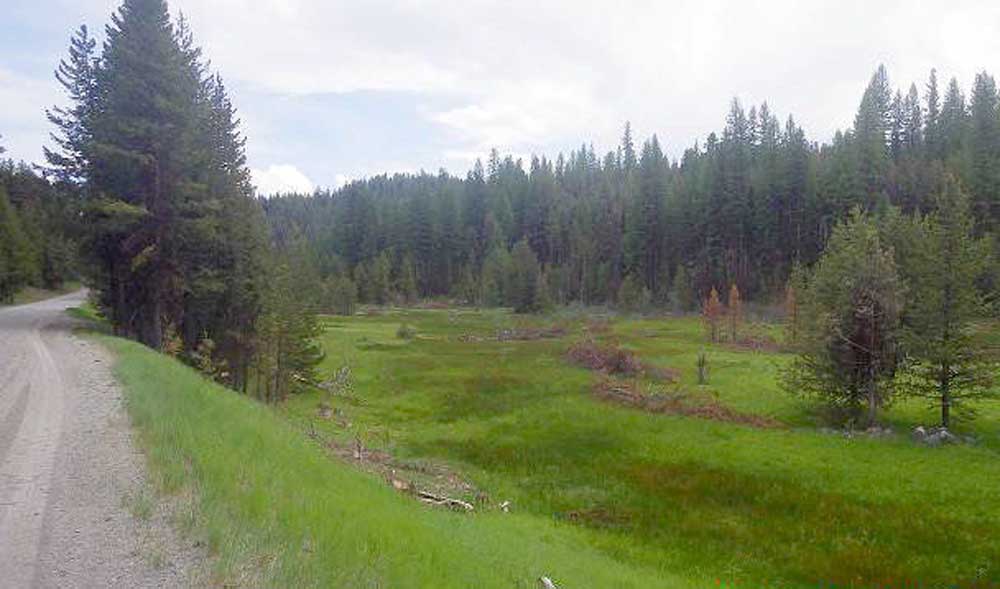Fish habitat restoration underway on East Fork Beech Creek
Published 11:05 am Thursday, August 3, 2017

- Contributed photoThe Camp Creek Headwaters project after vegetation regrowth. The project was similar to the current project on East Fork Beech Creek.
Work on East Fork Beech Creek is intended to improve fish habitat and riparian system health.
Forest Service biologists have joined forces with the Confederated Tribes of the Warm Springs, Oregon Natural Desert Association, Grant Soil and Water Conservation District, private landowners and livestock permittees to restore riparian systems, and the natural processes and functions which keep them healthy long into the future, according to a press release from the Malheur National Forest.
Permittees have been working hard to manage livestock on the low-gradient areas of East Fork Beech Creek, as evidenced by the steady recovery of riparian areas along this creek. However, inadequate water in these stream reaches (a length of a stream or river) continues to limit Endangered Species Act listed fish recovery. As Oregon Department of Fish and Wildlife retired fish biologist Jeff Neal described it, a lot of fish spawn in the gravels of the upper reaches, but as the water dries up in the summer, the little fish born in this creek congregate in one large pool, often dying as the pool shrinks.
To accelerate fish habitat recovery efforts and eventually get these fish de-listed, the Forest Service and partners are targeting streams that provide critical habitat on the Malheur National Forest, starting with the low-gradient (wide-valley) and connected reaches. These areas provide the greatest return in terms of direct beneficial impacts, such as raising water tables, storing water across the adjacent floodplain and promoting stream meandering, which slows water velocity along bends and deposits gravels adult fish need for spawning.
Complementary work, such as tree-thinning in upland forests within the Magone planning area, is expected to have beneficial influences upon snowmelt volume and timing, adding this and other water sources to the system. When this extra water reaches the log jams and other structures being placed along East Fork Beech Creek this summer, the water will be slowed, dispersed across the newly functioning floodplain — with berms removed and historical side channels reconnected — and stored there for late-season use. Based on the success of previous work, such as the Camp Creek Headwaters project last summer, biologists predict juvenile fish will have access to more water for much longer into the season, increasing their survival rates.
The Forest Service acknowledges the work may look “messy and destructive” in the short term. It may take a few years before all portions of the disturbed ground have been revegetated, although other portions of the reach may see more rapid and vigorous vegetation response due to higher water levels, wider water distribution and the deposition of sediment and gravels that build up nutrient-rich soils.
Full restoration may also be enhanced by making the area more attractive to beavers. If beavers join East Fork Beech Creek restoration efforts, their dams would create new pools, and help spread and store water over new areas of the floodplain, further stimulating riparian ecosystem health and vigor.




